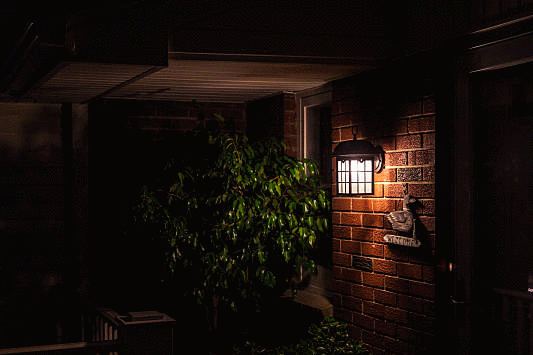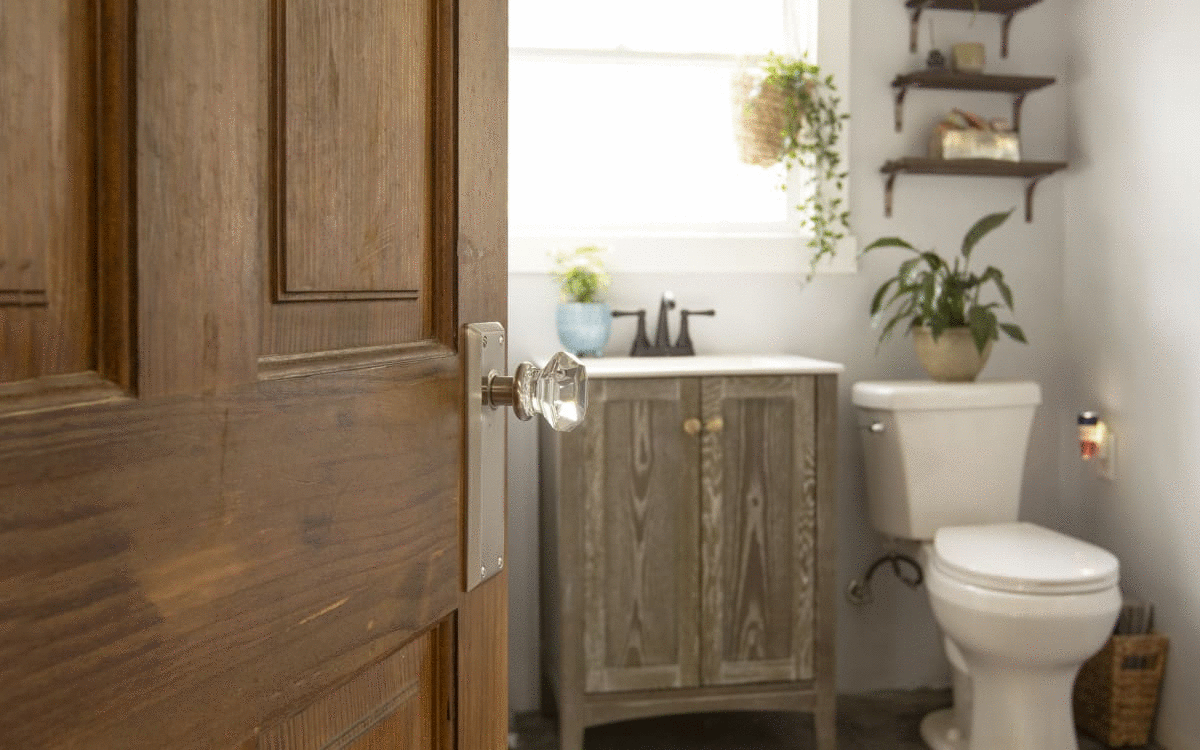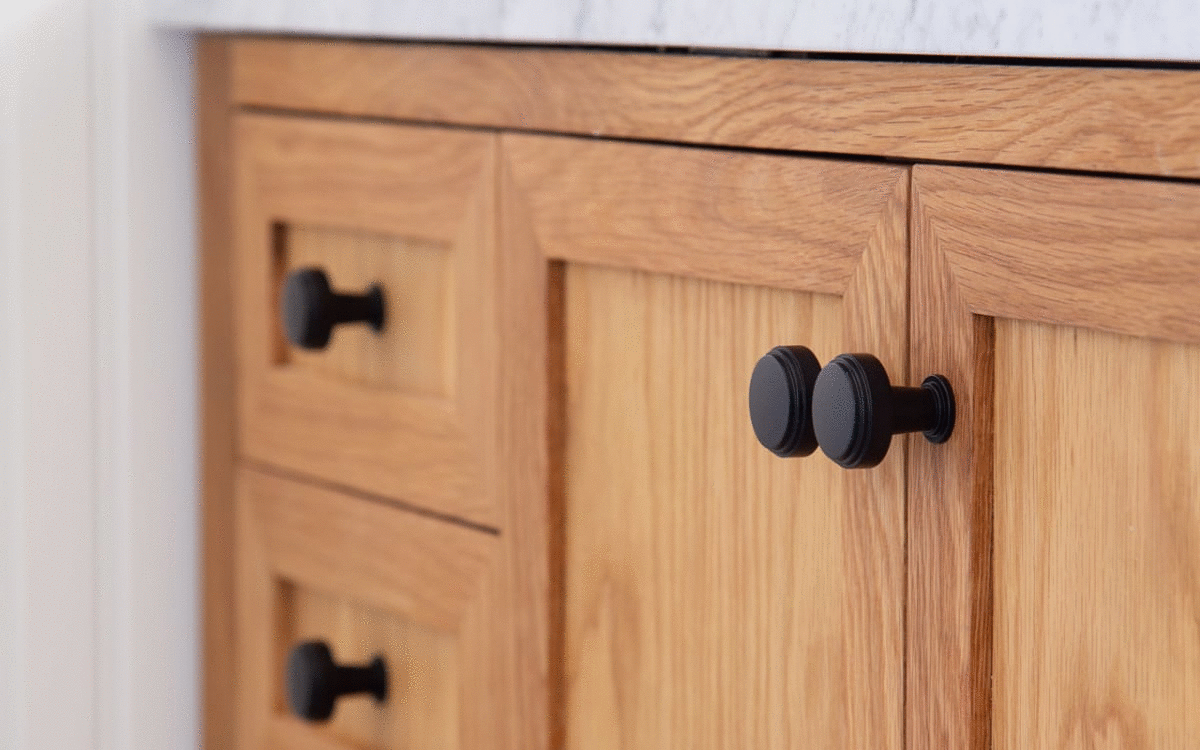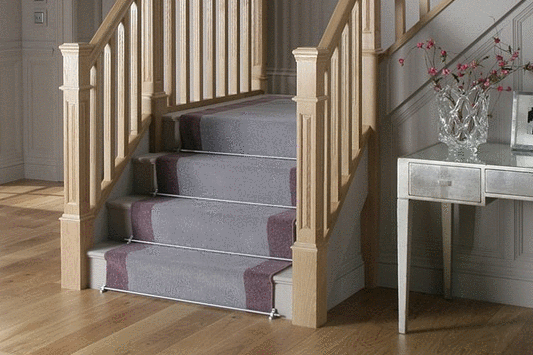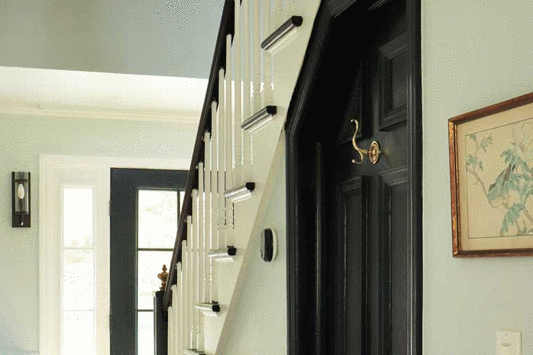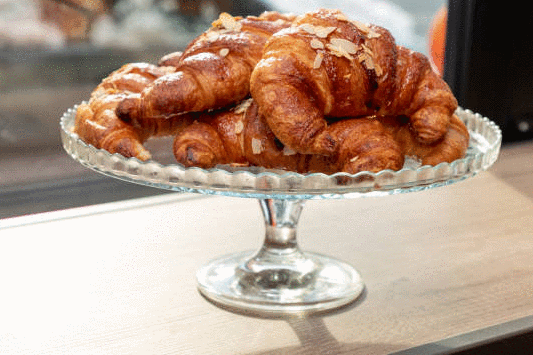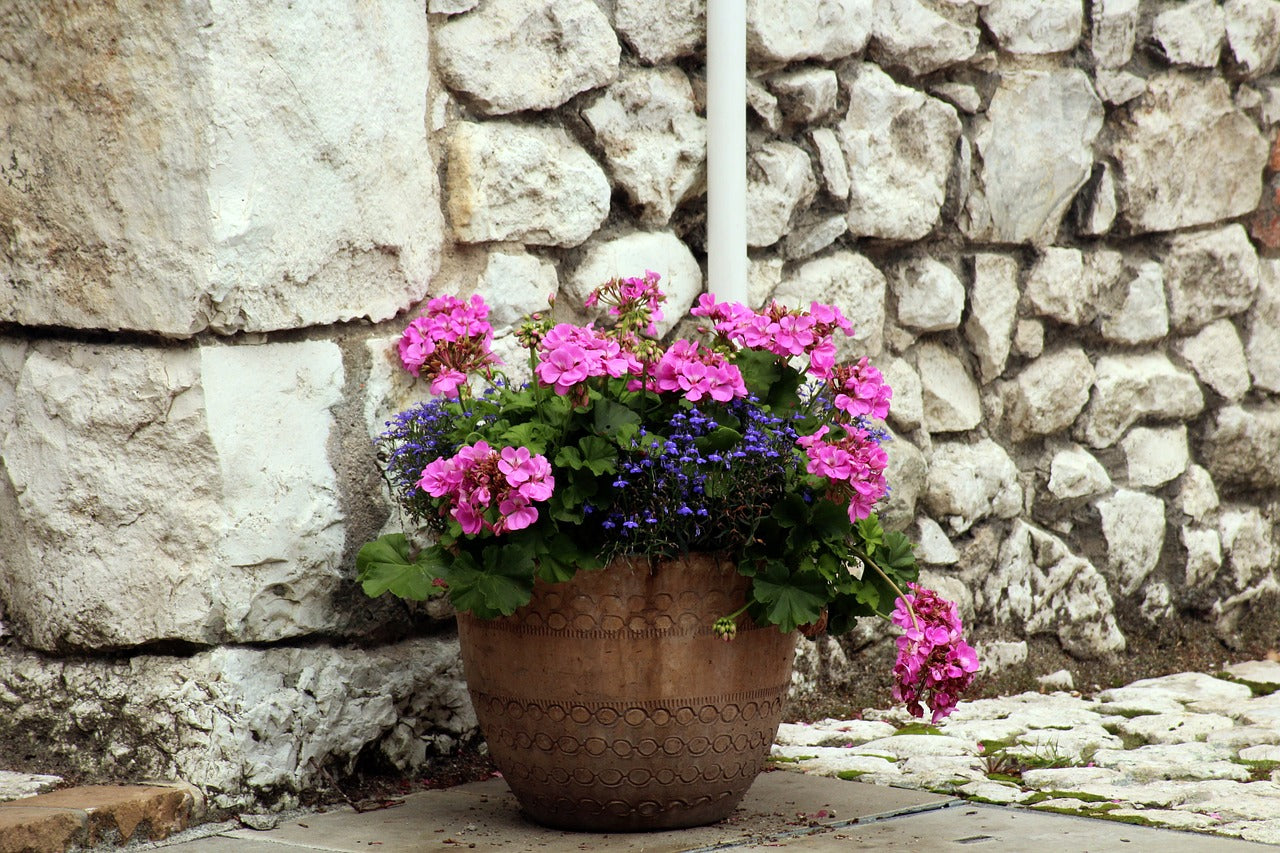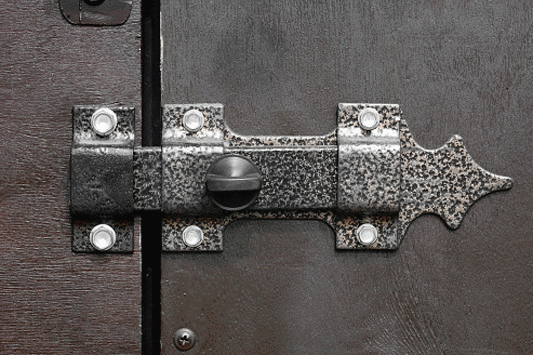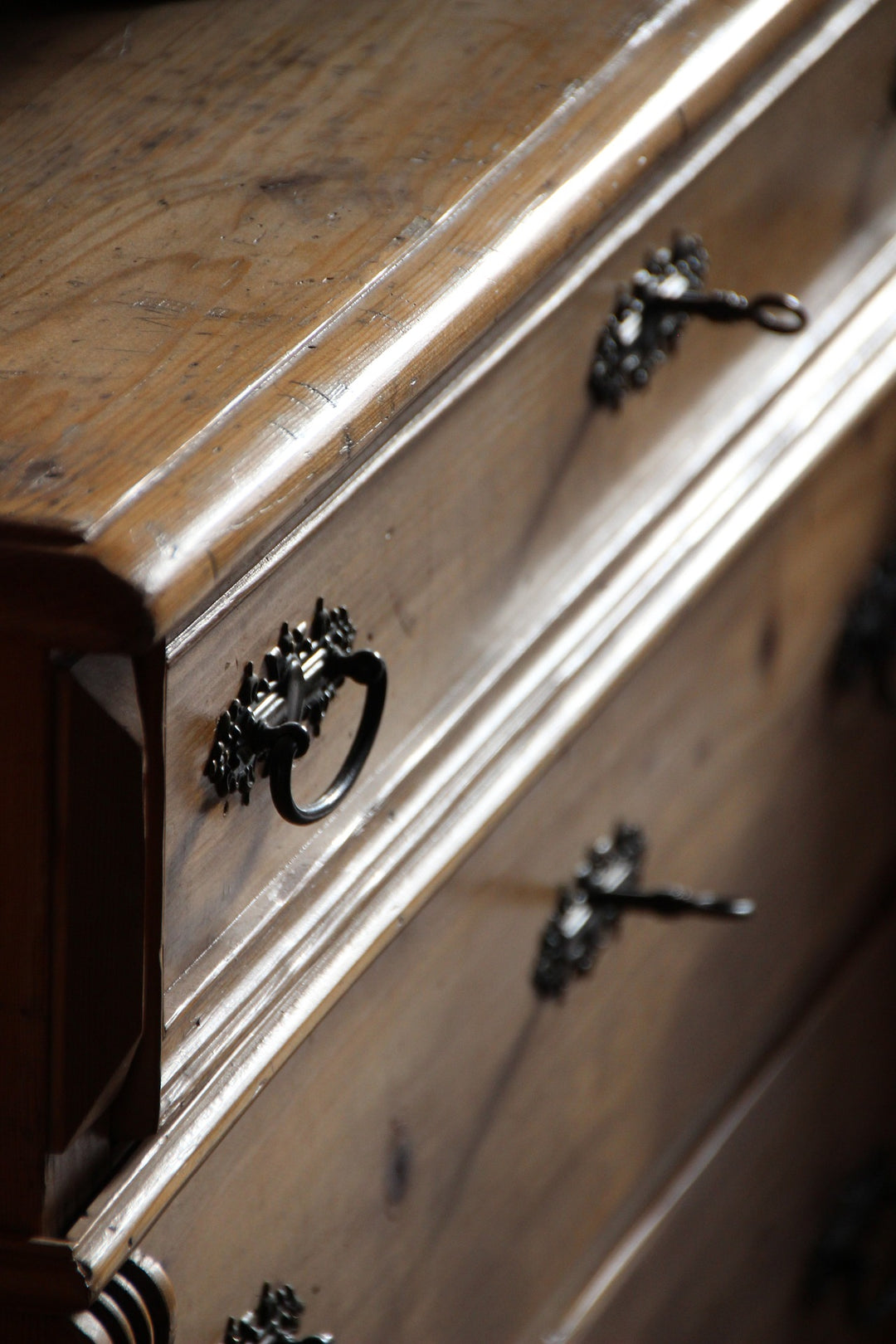Famous Makers of Antique Hardware and Their Legacy
Antique hardware, from door handles to ornate hinges, serves as a testament to the craftsmanship and ingenuity of past eras. The history of antique hardware is rich with skilled artisans who devoted their lives to creating pieces that were not only functional but also aesthetically pleasing. These makers left a legacy that continues to influence modern design and craftsmanship.

Early Innovators:
In the early days of hardware production, blacksmiths were among the first to create functional metal items. The Middle Ages saw the rise of European blacksmiths who specialized in creating door hinges, latches, and locks. These early pieces were often simple but sturdy, reflecting the practical needs of the time. However, as trade expanded and wealth increased, there was a growing demand for more ornate and decorative hardware. This period marked the beginning of the transition from purely functional items to pieces that were also works of art.

The Renaissance of Hardware Design:
The Renaissance period brought a significant transformation in the design and production of hardware. Artisans in Italy, France, and Spain began to incorporate intricate designs and motifs into their work. This era saw the emergence of famous makers such as the Italian locksmith Giovanni Battista Giusti, known for his beautifully crafted locks and keys. Giusti’s work often featured elaborate engravings and artistic flourishes, setting a new standard for what hardware could be. His designs were not only secure but also visually stunning, blending functionality with art.

The Age of Industrialization:
The Industrial Revolution in the 18th and 19th centuries revolutionized hardware production. The advent of mass production techniques allowed for greater consistency and availability of hardware items. However, it also led to a distinction between mass-produced items and those created by skilled artisans. Despite the rise of industrial manufacturing, there remained a demand for high-quality, handmade hardware.
Artisans such as the English craftsman John Wilkes continued to produce exquisite pieces that were highly sought after. Wilkes was renowned for his brass and iron door hardware, which combined durability with elegant design. His work exemplified the enduring appeal of handcrafted items in an age of industrialization.

The Legacy of Victorian Makers:
The Victorian era was a golden age for hardware design, characterized by an abundance of decorative styles and intricate detailing. Makers such as the American company P. & F. Corbin became famous for their elaborate designs. Founded in 1849, P. & F. Corbin produced a wide range of hardware, including doorknobs, hinges, and locks, often featuring intricate patterns and motifs. Their designs were influenced by a variety of styles, including Gothic, Renaissance, and Rococo, reflecting the eclectic tastes of the Victorian era. The company’s commitment to quality and design excellence helped to establish a lasting legacy in the world of antique hardware.

The Arts and Crafts Movement:
The late 19th and early 20th centuries saw the emergence of the Arts and Crafts Movement, which emphasized traditional craftsmanship and simple, functional design. This movement was a reaction against the industrialization and mass production of the previous century. Makers such as the English firm Morris & Co., founded by William Morris, played a crucial role in this movement. Morris & Co. produced hardware that was both beautiful and functional, often featuring simple, organic forms and high-quality materials. The emphasis on craftsmanship and quality over quantity was a hallmark of the Arts and Crafts Movement, and it left a lasting impact on the world of hardware design.

The Enduring Influence of Antique Hardware:
Today, antique hardware remains highly valued for its beauty, craftsmanship, and historical significance. Collectors and designers alike seek out pieces from famous makers, appreciating the skill and artistry that went into their creation. The legacy of these makers is evident in the continued popularity of their designs and the influence they have on modern hardware production.
Contemporary designers often draw inspiration from antique pieces, incorporating traditional motifs and techniques into their work. The appreciation for antique hardware also reflects a broader trend towards valuing quality and craftsmanship in an age of mass production.

The legacy of famous makers of antique hardware is a testament to the enduring appeal of well-crafted, beautiful objects. From the early blacksmiths of the Middle Ages to the master craftsmen of the Renaissance, the Victorian era, and the Arts and Crafts Movement, these artisans have left an indelible mark on the world of design. Their work continues to inspire and influence modern designers, ensuring that the artistry and craftsmanship of antique hardware will be appreciated for generations to come.





